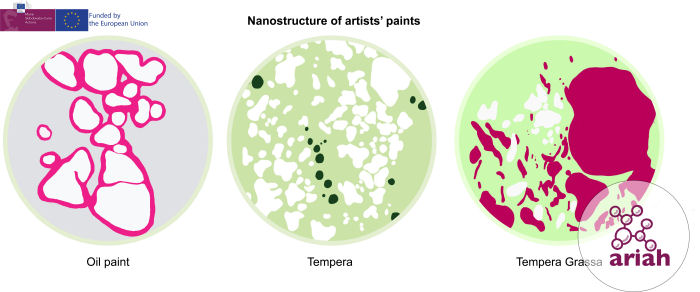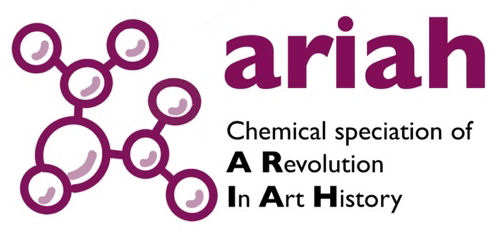Nanoscale Probing of the Organic Binder in Artists’ Paint Layers:
Organic Phases and Chemical Heterogeneity
Co-authors: Rafaella Georgiou*, Alexandre Dazzi, Jeremie Mathurin, Celia Duce, Patrick Dietemann, Mathieu Thoury, Ilaria Bonaduce
Understanding paint structures at the nanocopic level can address key questions related to artistic techniques, paint formulation, and long-term preservation of artworks. This involves examining spatial chemical complexity, the formation of molecular networks, and interactions between organic and inorganic constituents. Depending on the paint preparation methods, proteins and drying oils, the most common binders in traditional artistic practices, can be integrated to produce paints with diverse structures and nanoscale chemical intricacies. In this study, we utilize atomic force microscopy-based infrared spectroscopy (AFM-IR) to investigate the spatial chemical complexity and reaction pathways of organic species in artists’ paints, including oil, tempera, and mixed-media tempera grassa. By analyzing these paints at the nanoscale, we established connections between their structural organization, chemistry, and formulation.
ACS Applied Materials & Interfaces
Cite this: ACS Appl. Mater. Interfaces 2025, 17, 5, 8464–8473
https://doi.org/10.1021/acsami.4c16430
Published January 24, 2025







